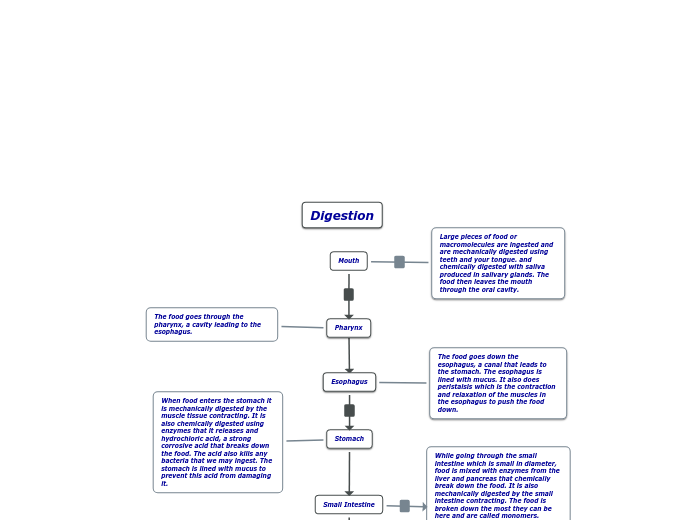systeeeeems
Digestive System
Small Intestine
Here's a video about how a large and small intestine works
The small intestine is the part of the intestines where 90% of the digestion and absorption of food occurs, the other 10% taking place in the stomach and large intestine. The main function of the small intestine is absorption of nutrients and minerals from food
The small intestine or small bowel is the part of the gastrointestinal tract between the stomach and the large intestine, and is where most of the digestion and absorption of food takes place. The small intestine has three distinct regions – the duodenum, jejunum, and ileum. The duodenum receives bile and pancreatic juice through the pancreatic duct, controlled by the sphincter of Oddi. The primary function of the small intestine is the absorption of nutrients and minerals from food.
The Three Parts of the small intestine.Here's what i found
The small intestine consists of three parts. The first part, called the duodenum, connects to the stomach. The middle part is the jejunum. The third part, called the ileum, attaches to the colon.
Large Intestine
Here's what I found
The large intestine, also called the colon or the large bowel, is the last part of the digestive system in vertebrates. Water is absorbed here and the remaining waste material is stored as feces before being removed by defecation.
Here's an Image of the Large Intestine
Here's one video
Subtopic









